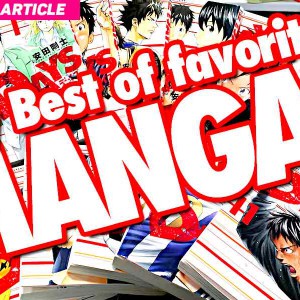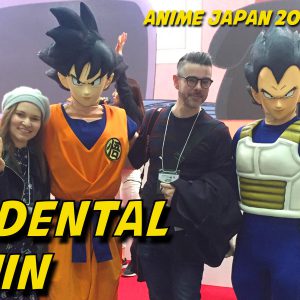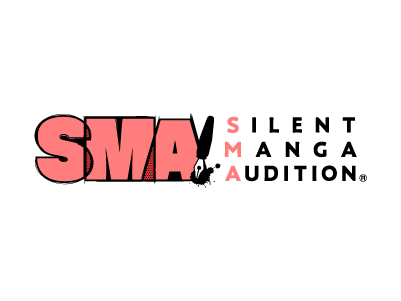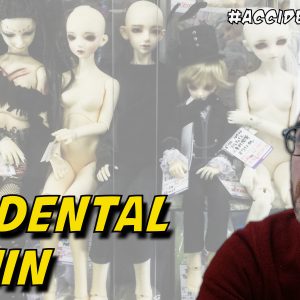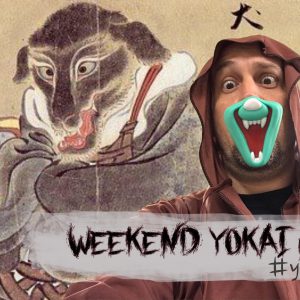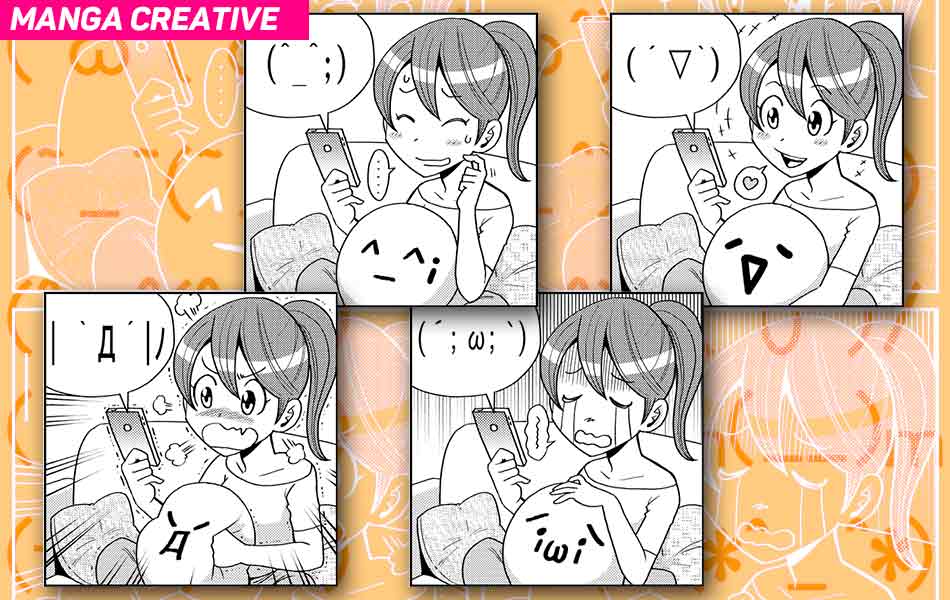
They say that 93% of communication is non-verbal (at least, people who are selling books on body language tend to make this claim!) I’m not sure if that statistic is accurate, but it’s true that when you’re chatting or posting online, you can’t see anyone’s face, and this can result in misunderstandings: No one knows if you’re joking or serious!
So how do people bridge this communication gap? As manga lovers and artists, I think you know better than anyone else that a picture is worth a thousand words. If you can’t see someone, a picture is the most effective way to understand their emotional state.
But we don’t have time to do a sketch each time (and I can’t draw very well anyway!) so for the internet, people invented convenient little abbreviations that anyone can use: emoticons!
Let’s take a quick look at the history of emoticons on the internet (warning: this may be educational!)
First, a fun fact: Do you know the roots of the words emoticon and emoji?
Emoticon – From English: emotion + icon.
Emoji (絵文字) – From Japanese: e (picture) + moji (character)
Isn’t it curious how the first 3 letters are the same, despite coming from difference languages?
People tend to use these two words interchangeably, but technically speaking, emoticons are smileys made from letters and punctuation, whereas emoji also include premade pictures like these:  Confusing, right? (╯°□°)╯︵ ┻━┻
Generation 1 Emoticons:
When the internet was still young and innocent, ASCII code was developed to display the basic alphabet. The first ASCII code used single byte characters, which could only contain a limited amount of information. However, this was more than enough to include all the letters in European languages like English, French and German, plus some punctuation. So in the English speaking world, people started using basic emoticons:
: ) ; ) : P
Of course, these faces look like they’re lying on their sides and aren’t very cute. So with a little creativity, Japanese people turned them right side up:
(^o^) (T_T) (^_^;)
Generation 2 Emoticons:
Unlike English, which can be displayed with single byte characters, Asian languages like Chinese, Japanese and Korean use thousands of characters and needed something bigger. Thus, double byte characters were utilized. What this meant for emoticons, was that suddenly artists had a lot more letters and shapes to play around with. Look at these:
(*´艸`*) This looks like someone covering their mouth with their hands. But the middle part 艸 is actually a rarely used Chinese character!
(´・ω・`) This guy is my favorite. This is called “shobon”, which means “dejected”. Who wouldn’t love a cute, depressed, cat-like character?
Generation 3 Emoticons:
These days, with the power of unicode, characters from every language around the globe can be displayed on your iPhone, and as a result, the latest emoticons are rather flashy! Can you spot any symbols from your language?
—————————————–
What I find really interesting is every culture’s unique internet slang. For example, what is the number one thing that we usually want to express on the internet? That’s right: laughter!
Take a look at how it’s done in various languages:
English: lololol
Spanish: jajaja
Japanese: wwww
Chinese: 哈哈哈
Thai: 5555
Etc.
So why is Japanese “wwww” you ask? Well, the word for “laugh” or “smile” in Japanese is 笑う (warau). In the beginning, people would put 笑 at the end of a sentence to indicate amusement. However, lazy netizens soon began to just type the first letter “w” to show their laughter! Thus “wwww”!
Did you enjoy this article? Is there any interesting internet slang in your language? What’s your favorite emoticon or emoji? Please let me know in the comments!
[catlist name=”LOST AND FOUND” thumbnail=”yes” thumbnail_size=160 content=”no” date=”yes” dateformat=”M j, Y G:i” template=page_list]
Confusing, right? (╯°□°)╯︵ ┻━┻
Generation 1 Emoticons:
When the internet was still young and innocent, ASCII code was developed to display the basic alphabet. The first ASCII code used single byte characters, which could only contain a limited amount of information. However, this was more than enough to include all the letters in European languages like English, French and German, plus some punctuation. So in the English speaking world, people started using basic emoticons:
: ) ; ) : P
Of course, these faces look like they’re lying on their sides and aren’t very cute. So with a little creativity, Japanese people turned them right side up:
(^o^) (T_T) (^_^;)
Generation 2 Emoticons:
Unlike English, which can be displayed with single byte characters, Asian languages like Chinese, Japanese and Korean use thousands of characters and needed something bigger. Thus, double byte characters were utilized. What this meant for emoticons, was that suddenly artists had a lot more letters and shapes to play around with. Look at these:
(*´艸`*) This looks like someone covering their mouth with their hands. But the middle part 艸 is actually a rarely used Chinese character!
(´・ω・`) This guy is my favorite. This is called “shobon”, which means “dejected”. Who wouldn’t love a cute, depressed, cat-like character?
Generation 3 Emoticons:
These days, with the power of unicode, characters from every language around the globe can be displayed on your iPhone, and as a result, the latest emoticons are rather flashy! Can you spot any symbols from your language?
—————————————–
What I find really interesting is every culture’s unique internet slang. For example, what is the number one thing that we usually want to express on the internet? That’s right: laughter!
Take a look at how it’s done in various languages:
English: lololol
Spanish: jajaja
Japanese: wwww
Chinese: 哈哈哈
Thai: 5555
Etc.
So why is Japanese “wwww” you ask? Well, the word for “laugh” or “smile” in Japanese is 笑う (warau). In the beginning, people would put 笑 at the end of a sentence to indicate amusement. However, lazy netizens soon began to just type the first letter “w” to show their laughter! Thus “wwww”!
Did you enjoy this article? Is there any interesting internet slang in your language? What’s your favorite emoticon or emoji? Please let me know in the comments!
[catlist name=”LOST AND FOUND” thumbnail=”yes” thumbnail_size=160 content=”no” date=”yes” dateformat=”M j, Y G:i” template=page_list]
 Confusing, right? (╯°□°)╯︵ ┻━┻
Generation 1 Emoticons:
When the internet was still young and innocent, ASCII code was developed to display the basic alphabet. The first ASCII code used single byte characters, which could only contain a limited amount of information. However, this was more than enough to include all the letters in European languages like English, French and German, plus some punctuation. So in the English speaking world, people started using basic emoticons:
: ) ; ) : P
Of course, these faces look like they’re lying on their sides and aren’t very cute. So with a little creativity, Japanese people turned them right side up:
(^o^) (T_T) (^_^;)
Generation 2 Emoticons:
Unlike English, which can be displayed with single byte characters, Asian languages like Chinese, Japanese and Korean use thousands of characters and needed something bigger. Thus, double byte characters were utilized. What this meant for emoticons, was that suddenly artists had a lot more letters and shapes to play around with. Look at these:
(*´艸`*) This looks like someone covering their mouth with their hands. But the middle part 艸 is actually a rarely used Chinese character!
(´・ω・`) This guy is my favorite. This is called “shobon”, which means “dejected”. Who wouldn’t love a cute, depressed, cat-like character?
Generation 3 Emoticons:
These days, with the power of unicode, characters from every language around the globe can be displayed on your iPhone, and as a result, the latest emoticons are rather flashy! Can you spot any symbols from your language?
—————————————–
What I find really interesting is every culture’s unique internet slang. For example, what is the number one thing that we usually want to express on the internet? That’s right: laughter!
Take a look at how it’s done in various languages:
English: lololol
Spanish: jajaja
Japanese: wwww
Chinese: 哈哈哈
Thai: 5555
Etc.
So why is Japanese “wwww” you ask? Well, the word for “laugh” or “smile” in Japanese is 笑う (warau). In the beginning, people would put 笑 at the end of a sentence to indicate amusement. However, lazy netizens soon began to just type the first letter “w” to show their laughter! Thus “wwww”!
Did you enjoy this article? Is there any interesting internet slang in your language? What’s your favorite emoticon or emoji? Please let me know in the comments!
[catlist name=”LOST AND FOUND” thumbnail=”yes” thumbnail_size=160 content=”no” date=”yes” dateformat=”M j, Y G:i” template=page_list]
Confusing, right? (╯°□°)╯︵ ┻━┻
Generation 1 Emoticons:
When the internet was still young and innocent, ASCII code was developed to display the basic alphabet. The first ASCII code used single byte characters, which could only contain a limited amount of information. However, this was more than enough to include all the letters in European languages like English, French and German, plus some punctuation. So in the English speaking world, people started using basic emoticons:
: ) ; ) : P
Of course, these faces look like they’re lying on their sides and aren’t very cute. So with a little creativity, Japanese people turned them right side up:
(^o^) (T_T) (^_^;)
Generation 2 Emoticons:
Unlike English, which can be displayed with single byte characters, Asian languages like Chinese, Japanese and Korean use thousands of characters and needed something bigger. Thus, double byte characters were utilized. What this meant for emoticons, was that suddenly artists had a lot more letters and shapes to play around with. Look at these:
(*´艸`*) This looks like someone covering their mouth with their hands. But the middle part 艸 is actually a rarely used Chinese character!
(´・ω・`) This guy is my favorite. This is called “shobon”, which means “dejected”. Who wouldn’t love a cute, depressed, cat-like character?
Generation 3 Emoticons:
These days, with the power of unicode, characters from every language around the globe can be displayed on your iPhone, and as a result, the latest emoticons are rather flashy! Can you spot any symbols from your language?
—————————————–
What I find really interesting is every culture’s unique internet slang. For example, what is the number one thing that we usually want to express on the internet? That’s right: laughter!
Take a look at how it’s done in various languages:
English: lololol
Spanish: jajaja
Japanese: wwww
Chinese: 哈哈哈
Thai: 5555
Etc.
So why is Japanese “wwww” you ask? Well, the word for “laugh” or “smile” in Japanese is 笑う (warau). In the beginning, people would put 笑 at the end of a sentence to indicate amusement. However, lazy netizens soon began to just type the first letter “w” to show their laughter! Thus “wwww”!
Did you enjoy this article? Is there any interesting internet slang in your language? What’s your favorite emoticon or emoji? Please let me know in the comments!
[catlist name=”LOST AND FOUND” thumbnail=”yes” thumbnail_size=160 content=”no” date=”yes” dateformat=”M j, Y G:i” template=page_list] 








